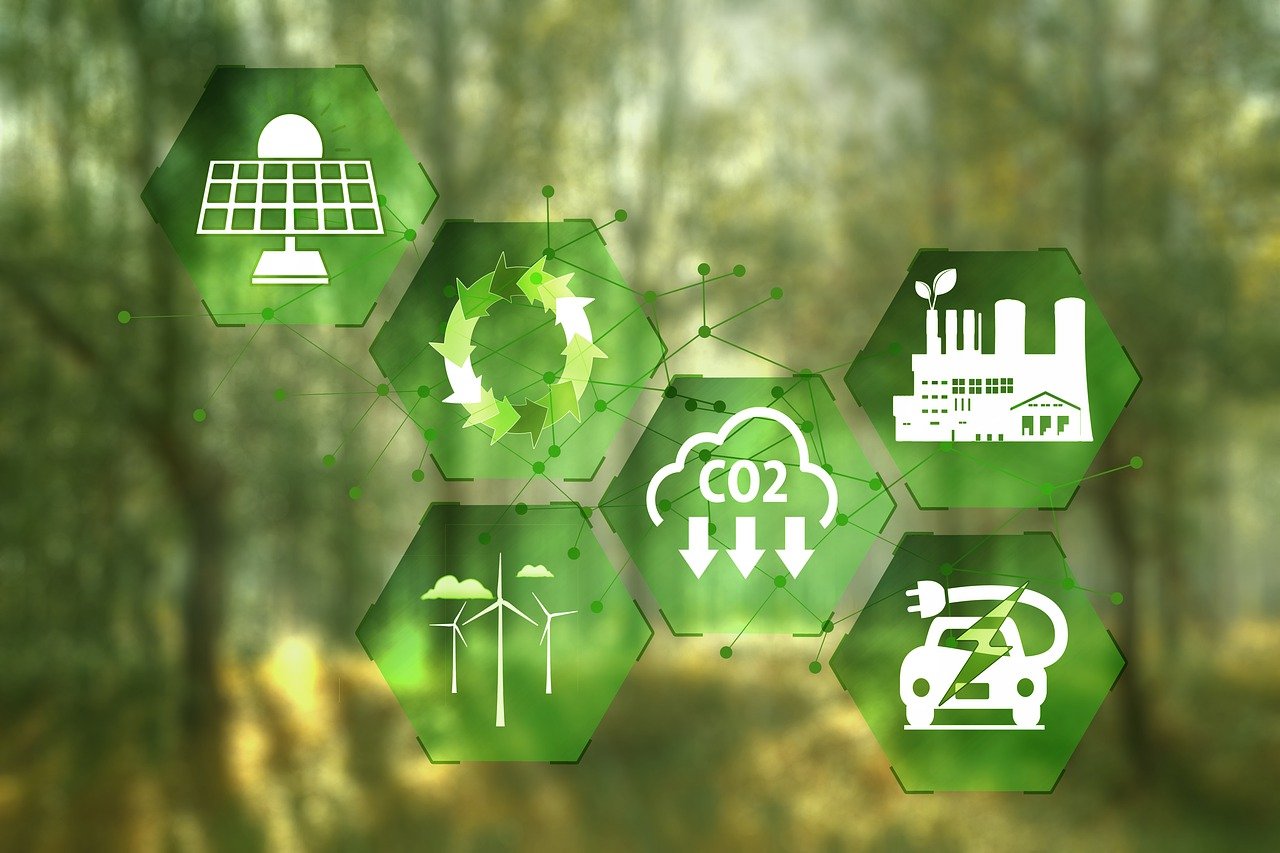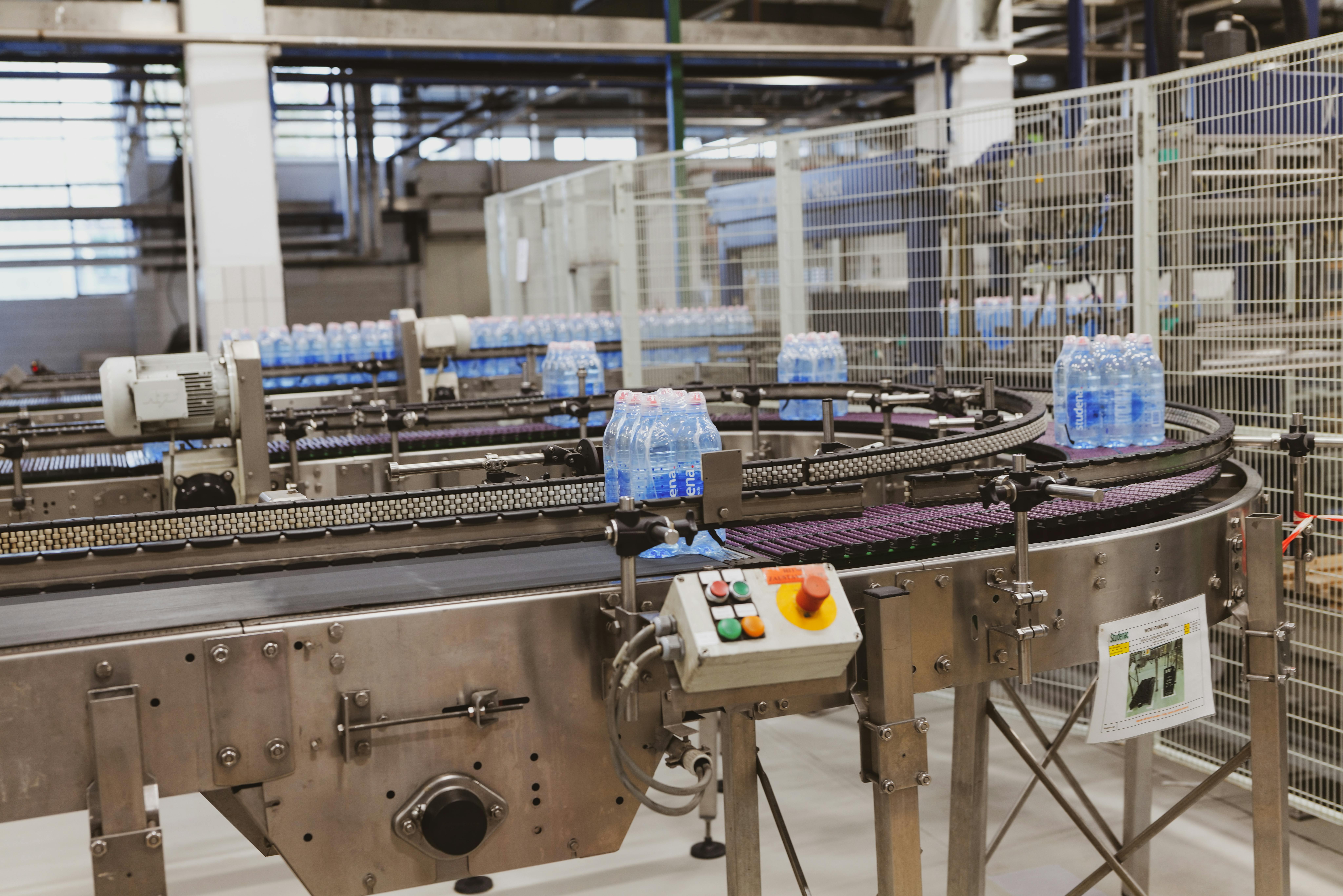Today more than ever there is a lot of reasons why it is a good idea for a business to become a zero carbon. However, this does raise the question on how this is to be achieved and what are the steps that need to be taken.
Here we will discuss the reasons why it is a good idea to go net zero or to reduce carbon emission totals within a business and how this can be typically executed.
What is Net Zero and Zero Carbon?
In simple terms “net zero” is a phrase that is used to describe the balancing of carbon emissions produced by a company, person or organization. The amount of carbon dioxide emissions produced are balanced with incentives, schemes and processes that remove an equal amount (or more) of carbon from the atmosphere. This is also often referred to as being carbon neutral.
This is different from becoming a zero carbon business – where the goal here is to not generate any carbon in the first place. This can be a hugely difficult proposition to achieve depending on the individual business.
Greenhouse gas emissions are a main cause of global warming and therefore governments around the world have put in place targets for carbon reduction. Decarbonization is a complex process but the climate crisis needs to be addressed before it is too late. This is why emissions reductions targets are put in place to help reduce the billions of metric tonnes of carbon dioxide that is released into the atmosphere every year.
Businesses that are looking to move towards zero carbon can turn to organizations such as the SBTi who have Net-Zero Standards that use a science-based approach to setting net zero goals and providing a roadmap as to how this can be measured and achieved.
Reasons & Benefits of Becoming a Zero Carbon Business
Becoming a zero carbon business is not only about doing the right thing for the environment, it can also help support your business now and into the future.
Of course – as mentioned – this is a complex proposition and often the first step is to move towards becoming a net zero organization. In many cases this is the best case scenario for many organizations, it is simply not possible or within their business model to be able to become a zero carbon business in the short to medium term.
Regardless of the classification between becoming a zero carbon business and being a net zero business, there are range of benefits in becoming a sustainable business. Let’s take a closer look at these benefits.
Sustainability Attracts Investment
For companies that are listed on stock exchanges, sustainability can be an important factor since one of key indicators that many investment companies use is something called the ESG Rating Score. What is this score? In simple terms this is a score given to a company based on its management of a broad range of environmental, social and governance (ESG) performance indicators.
Some of the factors that are covered by the ESG rating include carbon emissions, climate change vulnerability, water use, biodiversity, the use of renewable energy, and waste management, to name but a few of the many aspects.
Ensuring that your business has a good ESG rating means that investors knows that a business is future proofed in terms of its environmental and social impact. It is becoming obvious that companies that do not minimise their negative impact on the world are seen in a less favourable light by both investors and customers alike.
This is why a company that manufacturers electric vehicles will score better than one that still produces cars that only rely on fossil fuels, with no option to to ultimately use renewable energy. At least in theory – since the ESG rating also covers social factors such as supply chain labor standards and product safety.
The ESG score itself isn’t perfect and does come under some criticism since many believe it tries to cover too many factors within its remit, but ultimately it is still something that both businesses and investors take seriously.
Customers Want Sustainable Goods
With a 71% increase in searches for sustainable goods globally there is a demand for businesses to meet the demand from green consumers. This makes for an attractive proposition for companies that are looking to meet these needs.
However, it is important companies do not get carried away in terms of marketing and advertising their green credentials since tokensim is common in this field. Consumers and the press regularly highlight companies that boast about their green credentials while still polluting and carrying out bad environmental practices. These companies often get accused of greenwashing– which is the process of putting a ‘green’ positive spin on their business practices.
Whether a business is a large multinational enterprise or an SME that operates in a local market – more and more customers are looking for providers that are environmentally friendly. Ensuring your company can meet those expectations from an ever increasing market share is more important than ever. It short it is good for business to be environmentally conscious.
Future Proof Your Business
Environmental impact is an issue that affects us all and when it comes to business models, those organizations that proactively embrace positive change in their business practices are more likely to be successful in the future. There are many reasons for this, some of which we have already touched on, from attracting investment to gaining new customers looking for greener products and services.
Another important consideration is government intervention – where companies must comply with rules, regulations and laws.
Organization such as the IPCC report on the issues relating to climate change and governments use the knowledge gained to guide climate change policy. The Paris Agreement also was formed to tackle global warming – and with this in mind – corporates need to understand that climate action needs to be high up on their list of issues to address in terms of moving forward with their business in the future.
In many cases if a company waits for a government to intervene through climate policy legislature then they are already behind much of the competition. Waiting until something becomes a law or a regulation can cause a lot of problems within an organization, as it scrambles to hit targets and comply with the new rules and regulations. Often, it is better to move towards these goals in good time, with proper planning and strategy.
How to Become a Net Zero Business
A business that is looking to become zero carbon will need to examine their business in detail with a goal to remove all fossil fuel use from their business practices. For a number of reasons this can be complex and difficult for some businesses to achieve.
With this in mind – many companies work towards carbon neutrality, and instead work to become a net zero business where the amount of carbon they produce is balanced out and offset to help reduce its own climate impact. For many companies – once this is achieved a secondary goal is to move towards becoming a carbon negative business where their carbon impact is offset beyond what they produce.
For a business that is looking more towards becoming a net zero business there is a wide range of incentives and processes that can be put in place to help achieve this goal. Ultimately, it can be problematic for business to meet these targets in the short to medium term, depending on what industry they operate in.
However, even for companies that may struggle to change all their business practices in the short to medium term to meet sustainability goals there are still many things that can be done and achieved to help improve their standing over the longer run.
Ultimately moving towards net zero carbon emissions means that a business needs to do a wide range of things within the business to meet these goals.
Carbon Offsetting
When starting out a business might imagine that all they need to do is to use carbon offsetting schemes to hit their net zero emissions goals. Historically, this might have been the way companies may have tackled the problem but today – carbon offsetting only plays a small part in the process.
That’s not to say that it doesn’t play an active roll in moving towards becoming zero carbon. Companies are increasingly likely to sign-up to carbon offsetting and carbon credit schemes on a voluntary basis.
In fact carbon offsetting schemes have become big business themselves and there are a lot of options for a business to find synergies with their own organization. Most companies will look to work with gold standard or accredited schemes.
Beyond carbon, there are other offsetting schemes that are available to business. For example – for a business that deal with plastic in their products or supply chain you can look at schemes that can support you to become plastic neutral.
Ultimately, the first step of hitting net zero targets is to calculate the current carbon footprint of the business to understand what needs to be achieved. Then through process review, efficiency measures and consultation with stakeholders within the business, a plan and a set of projects need to be put in place.
Once this footprint has been ascertained a business can work out how much resource they want to allocate to improving their own business practices and how much will be allocated to external carbon offsetting initiatives.
Reduce Exposure to Fossil Fuels
Another big area for companies to address in their business operations is to try to reduce their exposure to fossil fuels.
How can a business do this? Here’s some typical ways that a business can tackle this.
Reduce energy use and consumption. Have you noticed that some offices leave their lights on all night burning electricity. Switching off the lights and machinery when not in use can save energy. Carrying out an audit on energy use and where it can be saved can be beneficial and it can raise issues such as heating or air-conditioning use and whether that is properly planned instead of being left on without consideration.
Switching to a eco-energy provider that uses renewable energy sources is another method a company can employ to help reduce their exposure to fossil fuels.
Examining the supply chain and reducing product and supply exposure to processes that use fossil fuels is another way to reduce fossil fuel use. Also think recyclables and sustainable materials instead of single-use.
Switch to suppliers who are also committed to net zero or sustainability. Again, supplier choice can have a knock-on effect on your carbon neutrality performance. Picking more sustainable suppliers is another way to reduce a businesses exposure to fossil fuels.
Review Corporate Expenditure
Not all net zero incentives need incur a cost to the business. In fact – in many situations there are cost savings to be made. Take for example a business that may previously have carried out a lot of business travel, either for internal meetings or to meet external customers.
Today, not only can cost savings be made in the reduction of expensive flights and accommodation, which also has a negative impact on the carbon footprint, but often it is more efficient to remain on-site and use modern technology such as Zoom or Microsoft teams to hold virtual meetings.
Reducing business travel is only the start when it comes to making savings while improving your sustainability. Another example – in this case relating to retailers – is in the reduction and light-weighting of packaging that is used in the products that are sold. How often have you received a package from a company that has used a box is much bigger than was needed? Not only does this increase packaging costs unnecessarily but often it can increase shipping costs that are often included in the prices of the product.
Switching to more efficient packaging – and also ensuring that any packaging that is used can be recycled easily, can improve a company’s profitability, has a positive impact on the customer’s perception of the company itself, and helps the environment.
These are just two examples – there are many more initiatives that a business can take though business process changes that can improve the efficiency of the business, reduce expenditure, while also improving environmental outcomes.
Businesses can also take cost savings from implementing changes to their business practices and invest them in new zero carbon initiatives within the business, further accelerating positive change.
How the Plastic Collective Can Help
Find out more about Plastic Collective and get latest news and info about circularity, plastic recovery and recycling, and the effects of climate change, by subscribing to the Plastic Collective newsletter.
Plastic Collective can also help your business learn more about product stewardship and how you can become plastic neutral.







